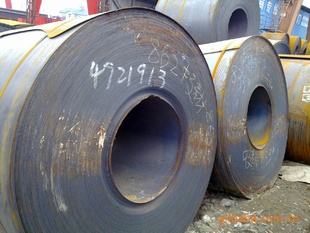China's steel exports continue to decline, hitting a record low in the first two months of 2018. It is largely blamed on the trade friction between the world's two largest economies. Now some other Asian countries are also raising tariffs on China's steel products.

China's steel product exports fell 27 percent to 9.5 million tonnes in the January and February period from a year earlier, according to China Customs.
The US, the world's top steel-buyer, imported 35.6 million tonnes of steel in 2017, according to Wood Mackenzie, a research and consultancy firm for global energy, chemical and mining industries. And China's steel exports over the same period of time only accounted for about 2.9 percent of US steel imports.
In the first five months of 2018, China's steel exports stood at 28.5 million tonnes, declining by 16.3 percent compared with the same period last year, according to the China Commercial Industry Research Institute.
Aside from the US, some Asian countries have been following suit and slapped tariffs on China's steel exports, General Manager of Shandong Huijin Group Yu Yongqian told CGTN.
China's steel exports bottlenecked years ago. Looking inward, the domestic market has been saturated; looking outward, the overseas markets are becoming harder to enter.
Analysts say China's move to curb outdated technology and excess capacity, as well as environmental pollution, is also part of the reason for the nation's declining steel production, which used to be one of the pillar economic forms in China.
"The move to curb environmental pollution is making it harder for many steel products manufacturers to survive," said Yu.
However, some are optimistic and see the trade tensions as an opportunity to upgrade China's steel products.
"I see it as an opportunity because it can motivate us to upgrade our products. For one thing, we are working on new products to improve their value," said chairman of Shangdong Huijin Group.